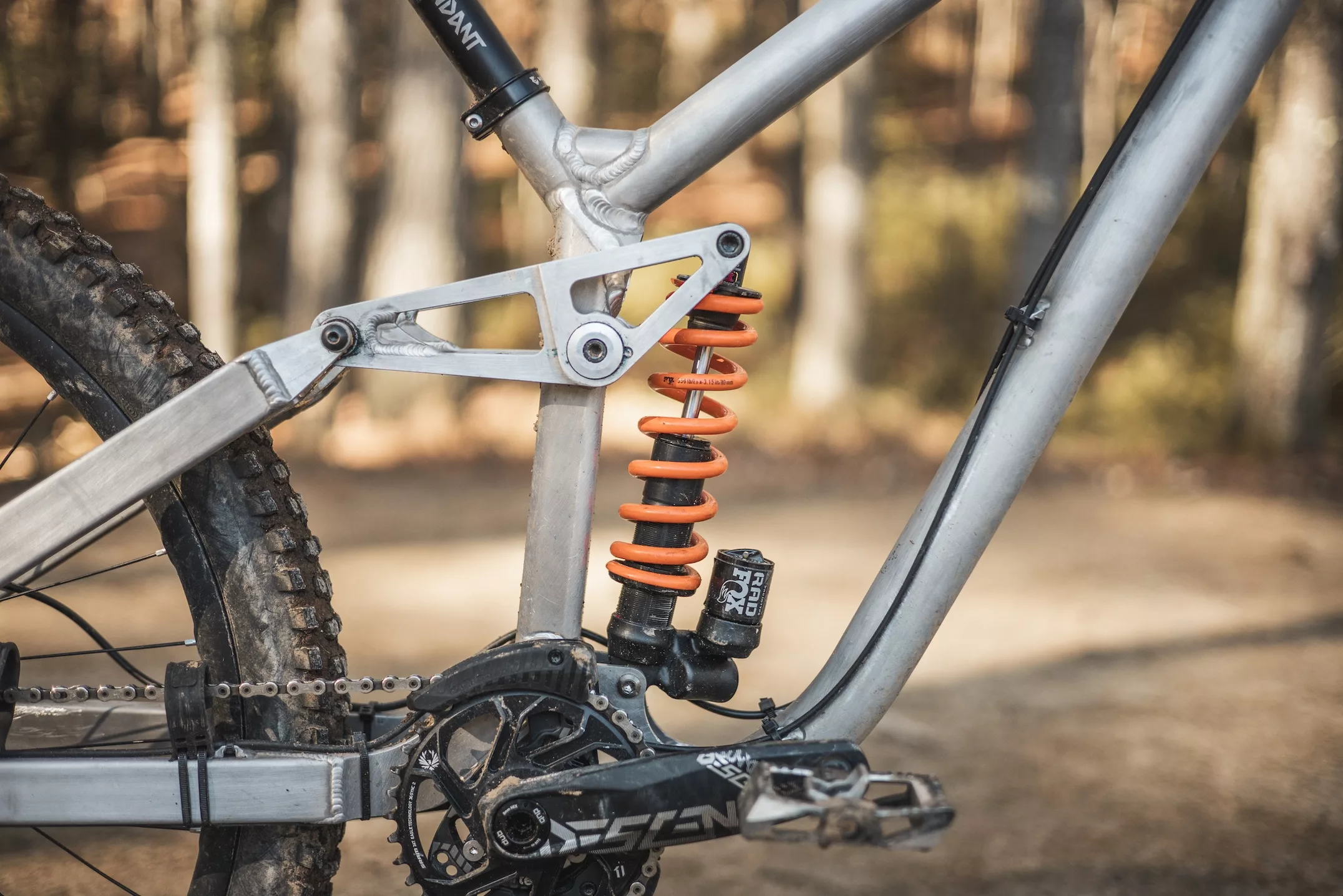Rear shocks come in a wide variety of shapes and sizes that manufacturers tailor to very specific needs of riders ranging from XC racers to downhill shredders.
For many, swapping out a shock is an expensive and anxiety-inducing task that involves a bit of math, and a whole lot of research to find the right rear-end trail partner.
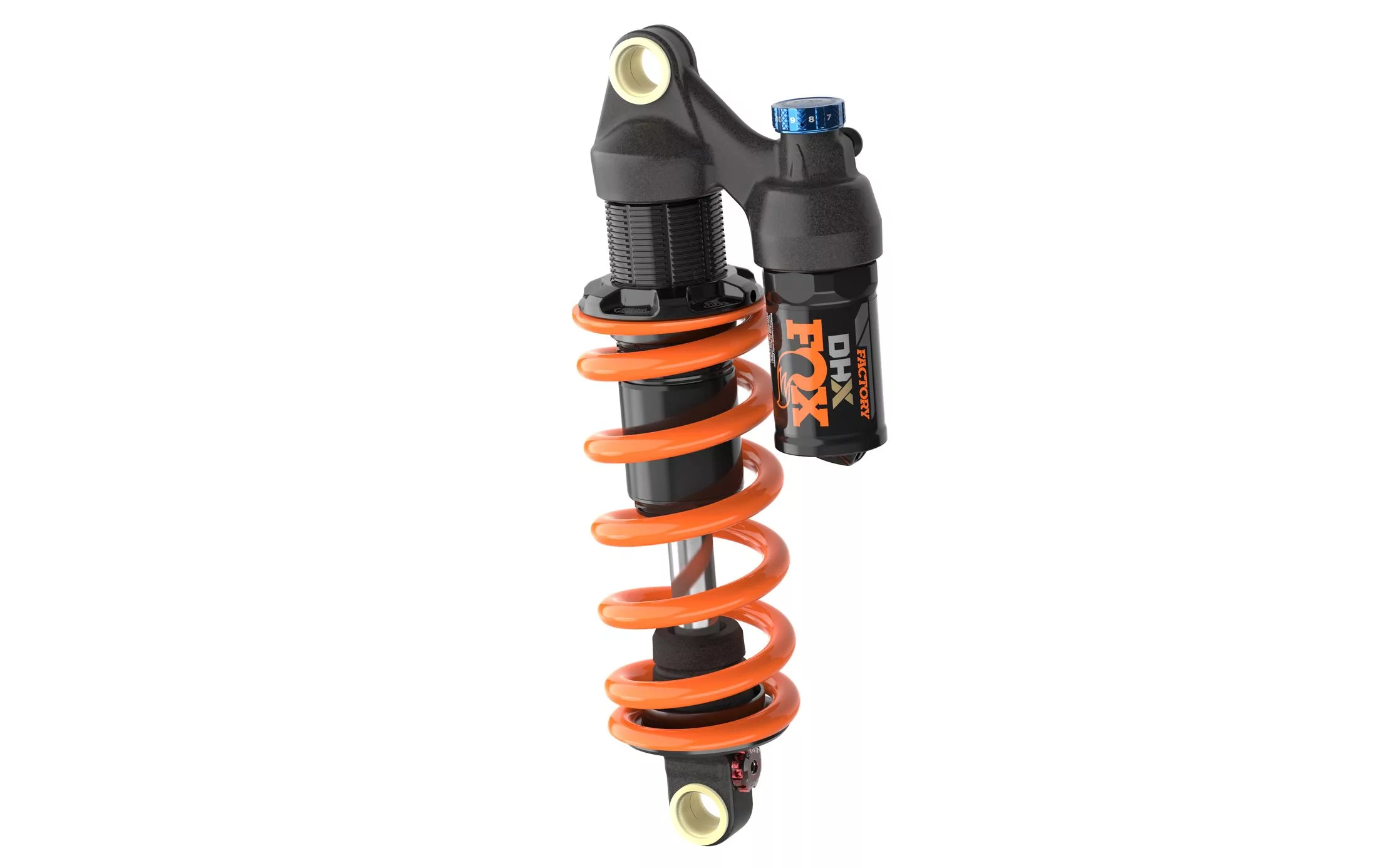
That question is not necessarily a simple one. Local trails are littered with strong riders sporting both options. In most cases, they will all tell you their setup is superior.
In the end, the debate over air or coil shocks comes down to fit, feel and ride style.
What are the benefits of an air shock?
Air shocks are pretty much the only thing you’ll see on lower-travel mountain bikes. As a rule, they are lighter than their coil counterparts and more progressive in their travel.
That means that as the shock compresses, it takes more force to move through travel, reducing the frequency with which they bottom out.
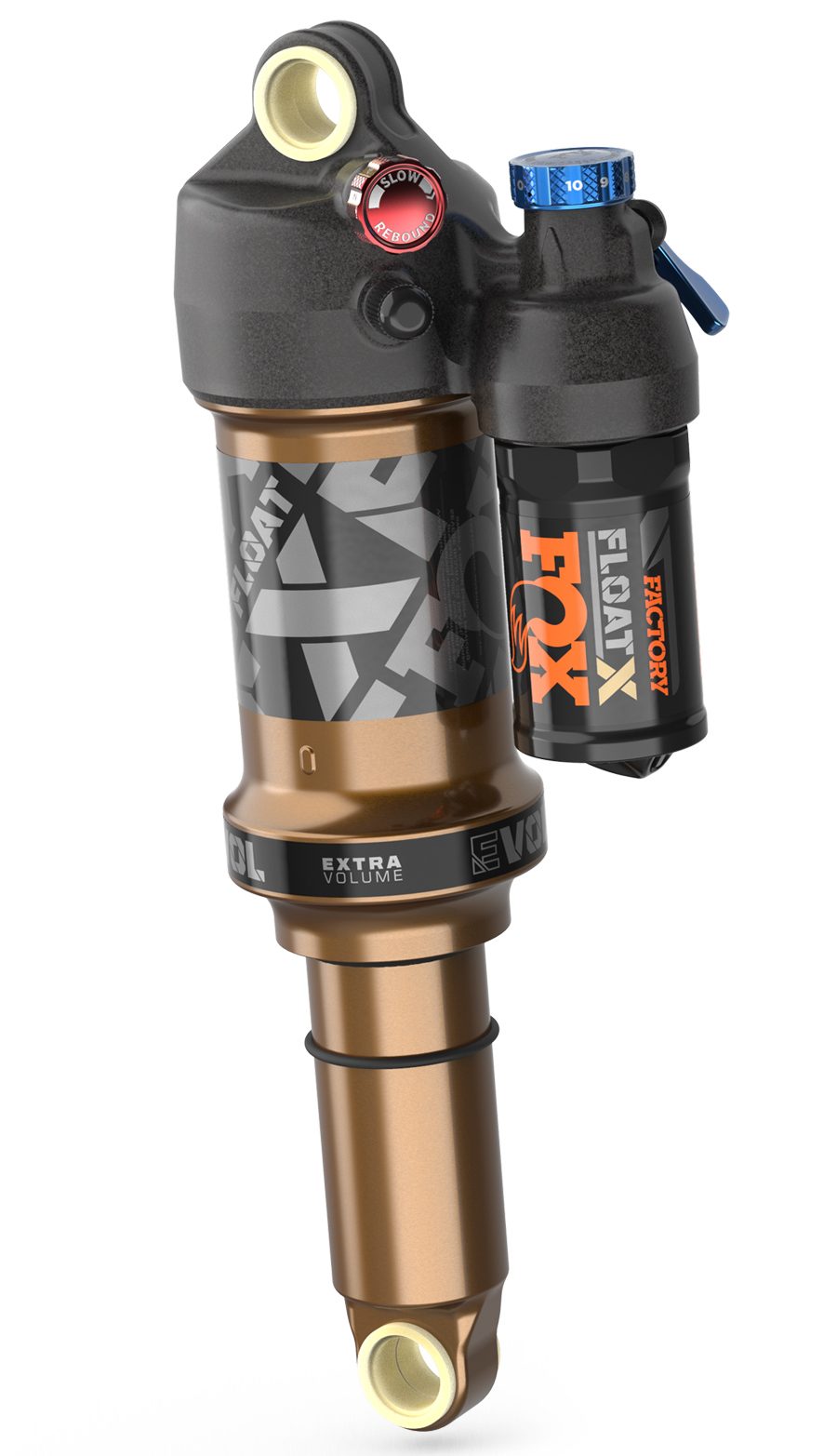
However, because of the internal pressurized components of air shocks, there usually are more friction points that can cause minor kinks as the shock progresses through its full travel.
Additionally, oil inside air shocks tends to heat up during rides, particularly those in which the shock sees a lot of motion. Extended technical downhill sections or rock gardens create friction inside the shock that heats oil and air inside. Less viscous oil means a shock will move a bit more freely, so it may not feel as dialed as when the ride began.
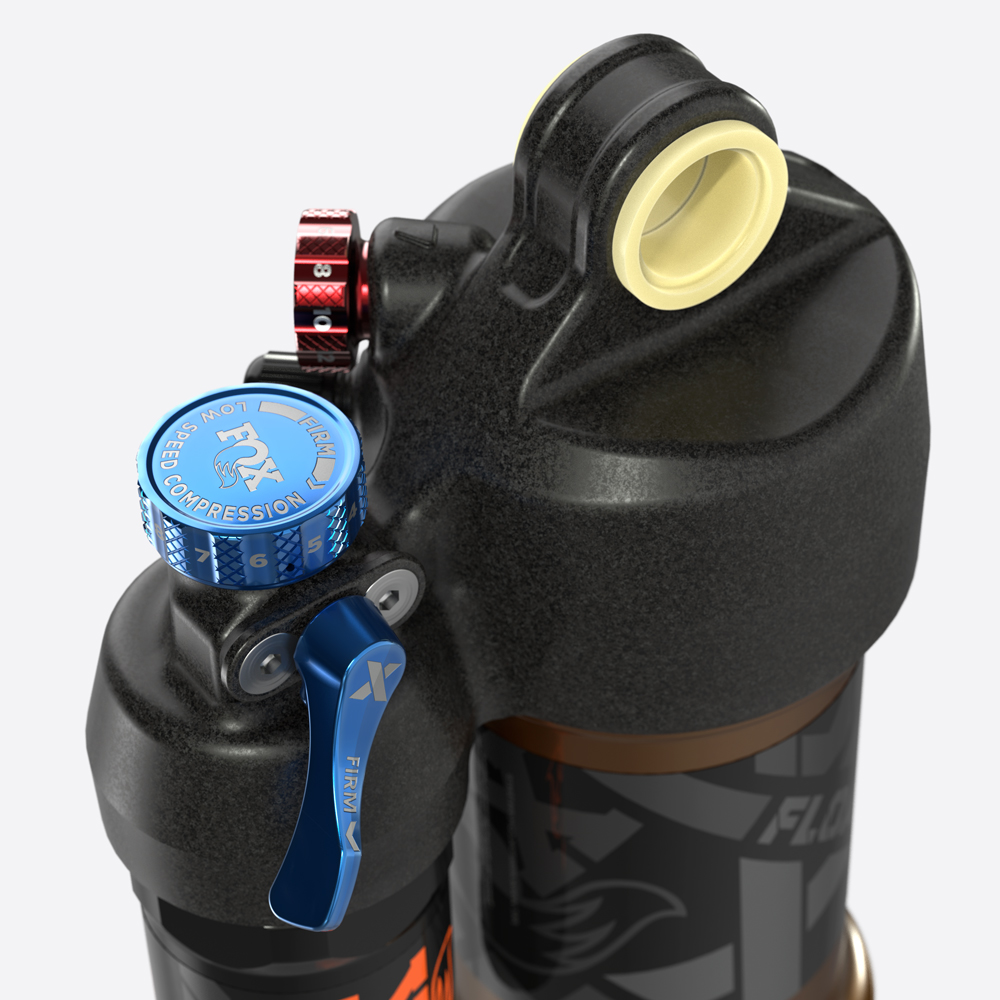
Shocks like the Fox Float X and Float X2 are among many that ease this issue with a piggyback system. But shocks with piggybacks generally only go on longer-travel bikes, not on lower-travel XC rigs.
What applications or ride types are better suited to air?
Air shocks are ideal for cross-country riders and anyone who is looking to save weight. Coil shocks tend to be heavier than air shocks, so running them is pretty much a no-go for many racers. However, air shocks don’t solely cater to XC race types.
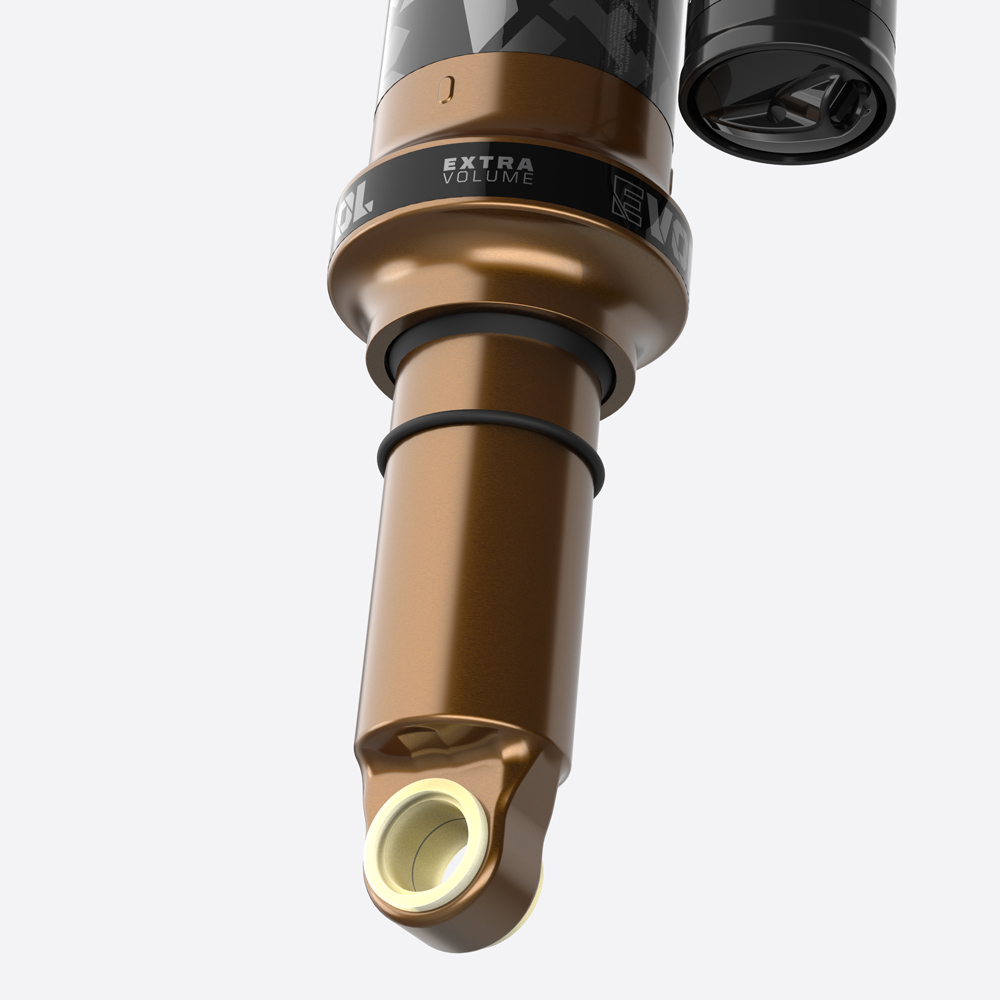
Even seasoned downhillers use air shocks. One of the biggest benefits of air shocks is their adjustability. Bikes are so versatile now that many are right at home at the downhill park and still fun to cruise flat singletrack or hike-and-bike trails.
Being able to dial in the suspension to account for that much variability in trail conditions is incredibly important in a do-it-all bike.
What are the benefits of a coil shock?
What coil shocks lack in at-home adjustability, they make up for in their smoothness and responsiveness. Most people use the word “supple” to refer to coil shocks.
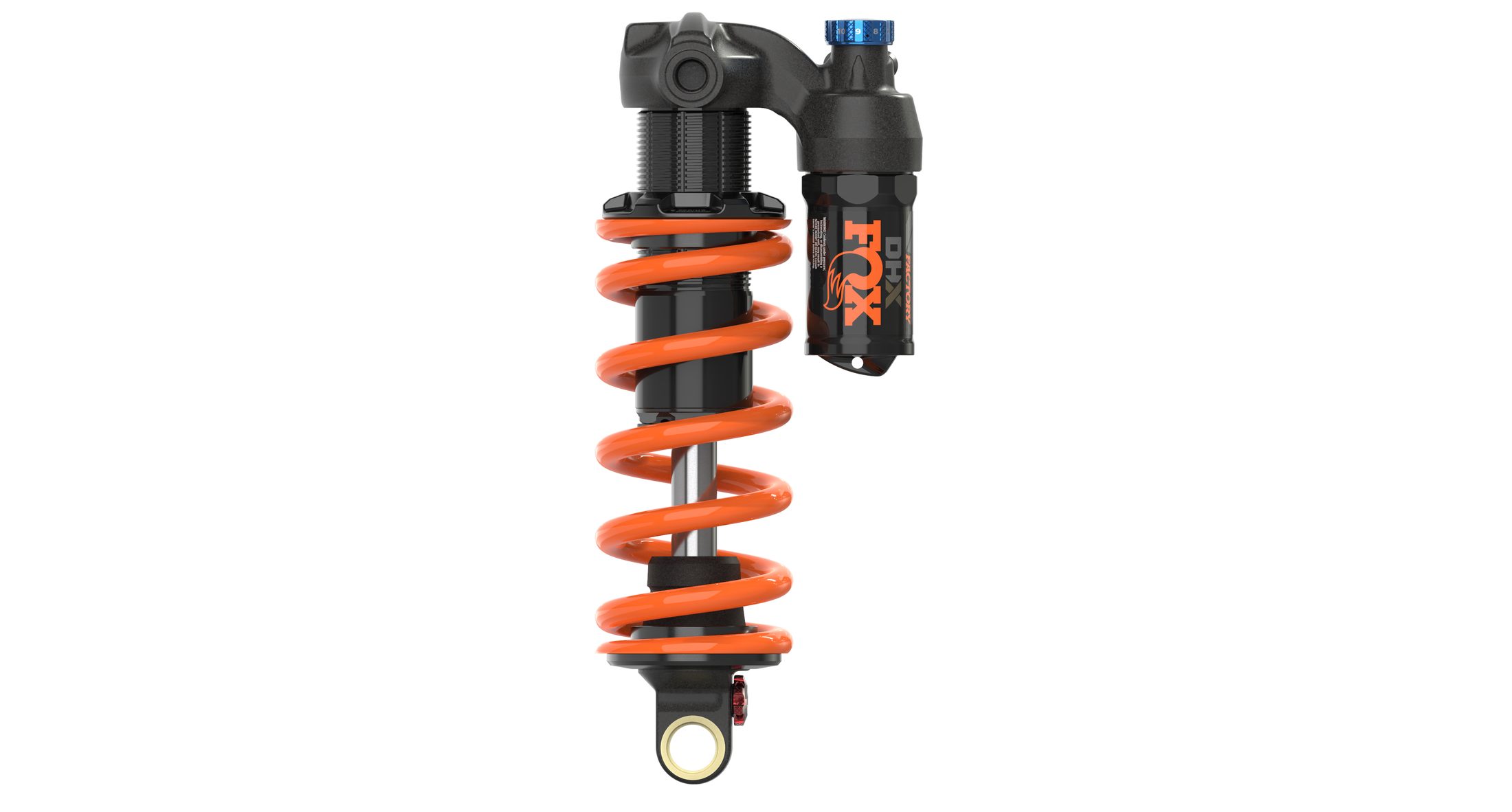
Unlike the progressive nature of air shocks, coil shocks usually have a linear travel profile, meaning the same amount of force is required to move the shock through particular points deeper in the travel. That provides consistency and uniform responses to rider input.
Keep in mind, not all bikes can accommodate a coil shock. To get the best benefit from a coil shock, riders should select a bike that is designed to accept that type of suspension and compensate for the linear profile.
While not as easy to adjust, coil shocks still have some tunability. It’s just a bit more complicated to dial in.
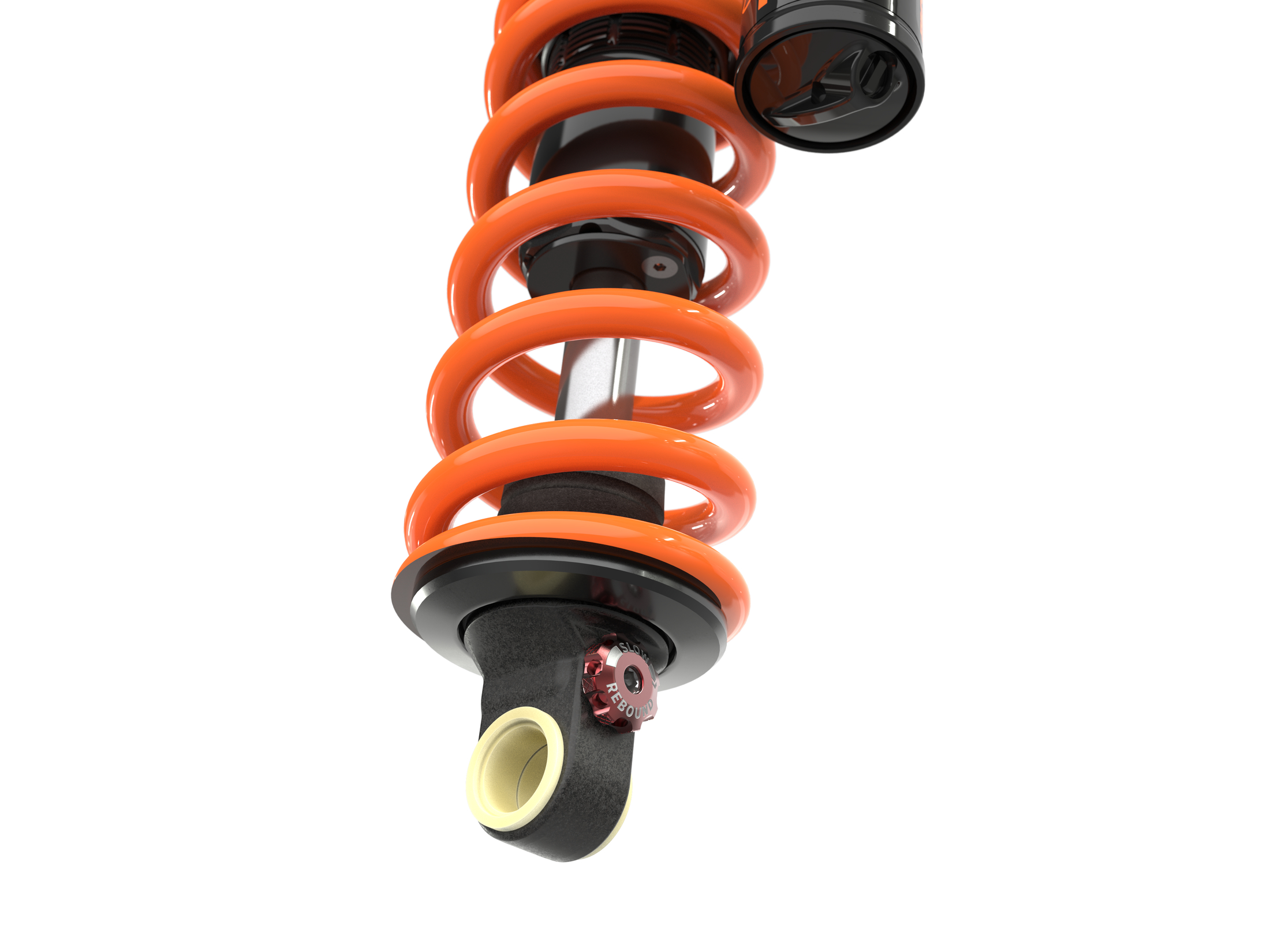
To significantly change the pressure of a coil shock, riders usually have to buy a new coil. It’s not necessarily cheap and can involve some trial and error before finding the perfect spring.
Since coil shocks are built around an exterior spring, they do not usually see the same issues with friction and heated oil as air shocks.
What applications or ride types are better suited to Coil?
For the most part, coil springs thrive in the downhill arena. Their responsiveness helps riders feel more connected to the bike and stuck to the ground. Enduro riders, too, often run coil shocks. Since the speed of climbs doesn’t really matter, many are happy to find a shock that is smooth and supple when headed downhill, as long as it isn’t a complete slog when the trail points upward.
With the right coil shock, climbing should still feel relatively efficient. Coil shocks come with a bit of a weight penalty. But even for everyday trail riding, those who are not concerned with a little extra weight can often find a more consistent cushioned feel with a coil.
Which is more tunable for the at-home mechanic?
Air shocks easily win the at-home tuneability category, especially for bikes on the lower end of the travel spectrum. They provide more versatility that can help riders dial in feel for different trail or weather conditions and account for added weight.
With a shock pump, riders can dial in resistance based on their body weight, and quickly make changes to account for the added weight of things like large water bladders or bike-packing luggage. Air volume (not pressure) is also fairly easy to tune with the use of volume spacers. These spacers go inside the air chamber of the shock, and change the amount of mid-stroke and bottom-out resistance.
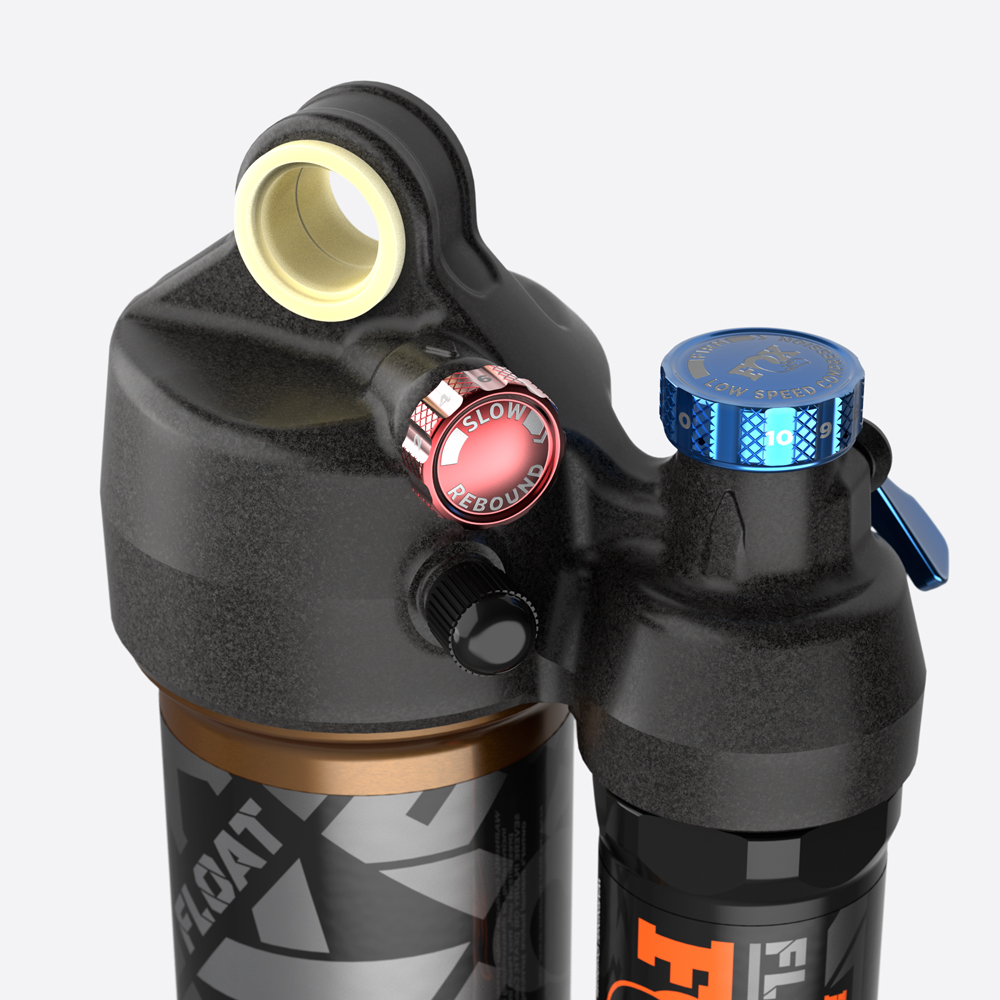
They also utilize rebound controls and lockout switches that typically include two or three stages for full-open, mid-open, and locked-out positions to make climbing or tame trail riding more efficient.
For example, the Fox Float X2 includes eight different click settings for high-speed compression, 16 for low-speed compression, eight for high-speed rebound, and 16 for low-speed rebound. That’s a lot of wiggle room.
However, Fox’s DHX and DHX2 are not without tuneability. Both come with an option two-position open/firm lever to tighten things up in climbs. The DHX offers an adjustment range of 16 clicks for low-speed rebound and 11 for low-speed compression. The DHX2 offers eight clicks for high-speed compression and 16 for low-speed compression. It also offers 16 clicks for low-speed rebound, and eight clicks for high-speed rebound with Fox’s proprietary VCC technology.
This post was sponsored by Fox Factory.
